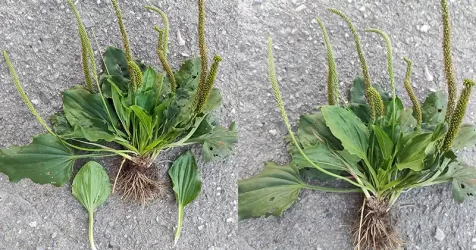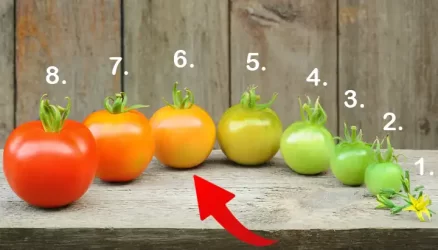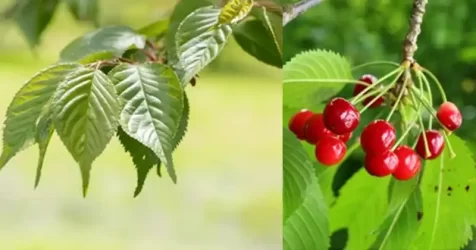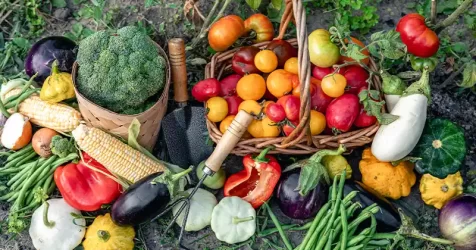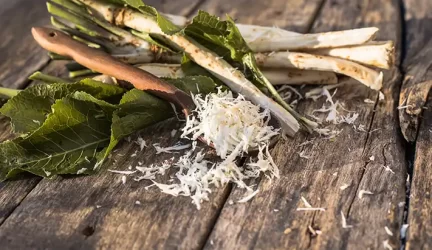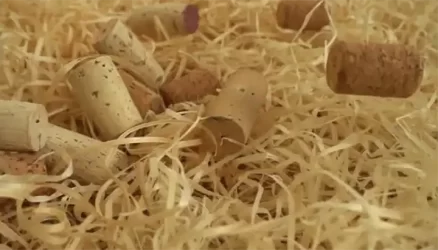A Step-by-Step Guide to Propagating Guava Plants Through Air Layering
Guava, a tropical fruit with a unique flavor and numerous health benefits, is a beloved choice for gardeners looking to add exotic flair to their fruit trees collection. While there are several methods to propagate guava plants, air layering stands out as an effective and accessible technique for enthusiasts and professionals alike. This method not only encourages rapid growth but also ensures a higher success rate than traditional cuttings. Let’s dive into the detailed process of air layering guava plants, highlighting a special technique that utilizes cocopeat and cow manure to foster robust new growth.

What is Air Layering?
Air layering is a propagation technique that encourages a plant to develop roots from a branch still attached to the parent plant. Unlike cuttings, which require a piece of the plant to be removed before rooting can begin, air layering works by creating an environment on a part of the plant that encourages roots to form while it’s still attached to the main plant. This method is particularly useful for plants that are difficult to root, including the guava.
Materials Needed
- Sharp knife or pruning shears
- Cocopeat
- Cow manure
- Clear plastic wrap or a plastic container
- Twist ties or string
- Water
Step-by-Step Guide
- Selecting the Branch: Choose a healthy, mature branch on your guava tree. Look for a branch that is at least one year old and has a diameter of about half an inch to an inch.
- Preparing the Branch: Carefully make a 45-degree angled cut about one-third through the branch, approximately 12 inches from the tip. This cut should be clean to avoid damaging the branch unnecessarily.
- Encouraging Root Development: Slightly above the cut, carefully remove a small ring of bark (about 1 inch wide) to expose the inner layers. This process, known as girdling, helps in concentrating the plant’s energy towards root development at the wound site.
- Applying the Growing Medium: Mix cocopeat and cow manure in equal parts and moisten the mixture with water. This blend provides an excellent balance of aeration and moisture retention, crucial for root development. Surround the girdled area with this mixture. If you’re using a plastic wrap, secure the moist medium around the area. For a more structured approach, cut a plastic container in half and place it around the branch, filling it with the mixture.
- Sealing the Area: Ensure the cocopeat-manure mix is in firm contact with the exposed inner layers of the branch. Wrap the area with clear plastic to retain moisture. Secure the ends with twist ties or string to prevent moisture loss and to keep the medium in place.
- Maintenance: Keep the wrapped area moist by periodically adding water through the top of the wrap or container. Avoid overwatering to prevent rot.
- Observation and Separation: After about 60 days, check for root development within the plastic wrap or container. Once a healthy root system is visible, it’s time to separate the new plant from the parent. Use a sharp knife or pruning shears to cut below the rooted section.
- Planting the New Guava Plant: Carefully remove the wrapping and plant the newly rooted section in a pot with a well-draining soil mix or directly in the ground, depending on your preference.

Air layering is an efficient and rewarding method for propagating guava plants, especially when employing a nurturing blend of cocopeat and cow manure. This technique not only facilitates a relatively high success rate but also accelerates the growth of new, healthy plants ready to produce fruit in less time than other methods. With patience and proper care, gardeners can enjoy the fruits of their labor, expanding their collection of guava plants and sharing the joys of gardening with others.


